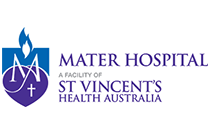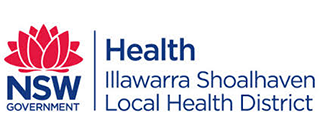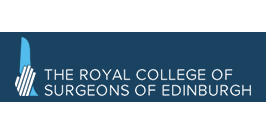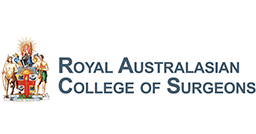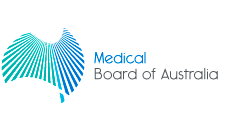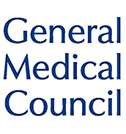Fractured/Broken Arm
This is a common injury. About one in every 20 fractures involves the humerus - the bone in the upper arm.
Children and the elderly are more likely to break the lower arm bones (radius and ulna).
Most broken arms are caused by trauma - falling on an outstretched hand or being involved in a car crash or some other type of accident.
Symptoms
Most people know immediately if their arm is broken.
There might be a snap or a loud cracking sound. The arm may look deformed and be swollen, bruised, and bleeding. There is usually extreme pain at the site of the injury that increases with movement. The patient will avoid such movement.
Diagnosis
Diagnosis is made on clinical examination. X-rays or other diagnostic imaging tools are used to look at the bones of both the injured and uninjured arms. This is important particularly in children as the long bones of the arm are still growing. Examination for damage to the growth plates is very important and may require any surgery to be done at a hospital that has vascular support.

